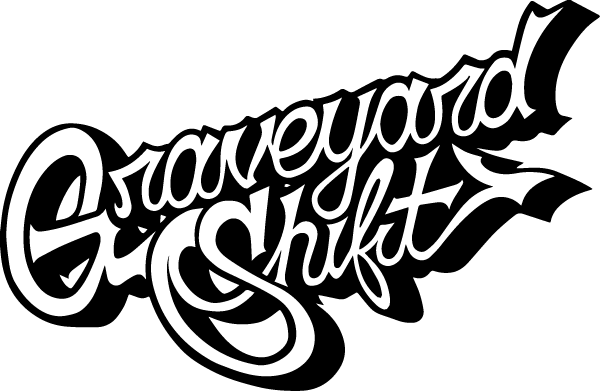Identifying Jan. 6 Rioter by Fashion Choices and Key Selfie
The U.S. Capitol riot on January 6, 2021, remains a day etched in the annals of American history. Among the chaos, a rioter with a distinct sense of fashion made headlines, not only for his involvement but also for being snapped alongside high-profile figures like Roger Stone and a known white supremacist. The pivotal moment in identifying and apprehending this individual came down to his unique fashion choices and a key selfie posted on Instagram. This article delves into how fashion and social media played crucial roles in the identification and arrest of this rioter.
The Blend of Fashion and Crime
This tale is a unique confluence of how modern technology and classic investigative methods converged. During the riot, scores of individuals were captured on camera. However, one individual's selfies and bold fashion choices stood out dramatically. The FBI leveraged these elements, showcasing the importance of attention to detail in criminal investigations.
Key Fashion Choices that Caught Attention
The individual in question, a self-proclaimed fashion enthusiast, was easily identifiable due to his daring attire. Law enforcement pieced together his identity, helped by the following standout fashion choices:
- Bright-colored clothes - The suspect wore a distinctive, brightly colored outfit that was easily discernible in the flurry of riot footage.
- Unique accessories - Accessories like a particular brand of sunglasses and a specific type of hat further assisted in narrowing down the suspect.
- Patterned Masks - In many images, the suspect was seen flaunting uniquely patterned masks, a stark contrast to the more common masks worn by others.
The Role of Social Media in Modern Investigations
The power of social media continues to shape and influence numerous facets of society. Its role in criminal justice, particularly in identifying and apprehending suspects, cannot be overstated. Instagram, a platform primarily known for visual storytelling and personal connections, proved to be instrumental in this case.
The Selfie That Sealed the Deal
Among various pieces of evidence, a specific selfie stood out. This selfie, taken during the riot and posted later, featured the rioter alongside Roger Stone and a known white supremacist. This pivotal image provided vital context and connection points:
- Geo-tagging - The location metadata associated with the selfie helped trace the suspect's movements on the day of the riot.
- Identify confirmation - By comparing this selfie with other footage and photos from the event, investigators could conclusively identify the individual.
- Network mapping - The selfie provided crucial leads about the suspect's associates, helping to further map out networks of individuals involved in the riot.
The Downfall of Oversharing
In the age of social media, oversharing personal moments, particularly those involving illegal activities, can lead to severe repercussions. This case exemplifies the risks associated with thoughtless online behavior:
- Immediate Trail - The suspect's Instagram feed left an open trail of his activities, making it easy for investigators to connect the dots.
- Visual Evidence - Images and videos with clear visual evidence served as undeniable proof of the suspect's presence and participation in criminal activities.
- Public Feedback - Public responses and interactions on these posts provided additional context and leads for investigators.
Legal Implications and Broader Impact
This arrest sends a strong message about the consequences of participating in illegal activities and the efficacy of modern investigation techniques. The involvement of prominent figures like Roger Stone and connections with white supremacist elements adds significant gravity to the case.
Legal Ramifications for the Rioter
Following the identification and subsequent arrest, the individual faces multiple charges, including:
- Unlawful entry - Charges for unlawfully entering restricted grounds of the U.S. Capitol.
- Disorderly conduct - For engaging in disruptive behavior during the riot.
- Association with extremists - Compounding charges due to affiliations with known extremist groups.
Changing Dynamics in Criminal Investigations
The use of social media and fashion in identifying suspects highlights a shift in investigative paradigms. Traditional methods are being augmented with digital forensics and crowdsourced information:
- Enhanced reach - Platforms like Instagram offer vast reservoirs of publicly accessible data, broadening the investigative scope.
- Real-time analysis - Real-time data from social media aids in more dynamic and immediate investigative responses.
- Community involvement - The public's role in providing tips and evidences through social media channels strengthens collaborative law enforcement efforts.
Closing Thoughts
The identification and arrest of the Jan. 6 rioter through his fashion choices and a crucial selfie serve as a potent reminder of the integration of modern technology in criminal justice. Fashion, often dismissed as trivial, coupled with the pervasive influence of social media, can be pivotal. As society continues to evolve digitally, so will the methods of upholding law and order.
This incident underscores the vigilance required in an age where personal branding and legal accountability intertwine. It also highlights the continued need for awareness regarding online behavior and its potential consequences. In the end, the price paid for criminal actions are sobering reminders, often captured through the very lens of one's portrayal.

